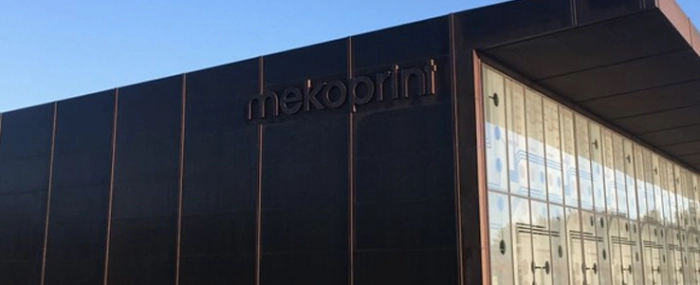
© Mekoprint
PCB |
Mekoprint ups game in medical electronics
Strong growth in the need for digital healthcare solutions is paving the way for technological expansion at Mekoprint.
A newly developed printing line has just been released for the production of printed stretchable electrical circuits by the kilometre with a capacity of up to 20 kilometres per day.
The ribbon has been cut and a new, specially designed screen-printing line is ready to print electrically conductive stretchable sensors for healthcare products – so-called wearable sensors that bring the technology close to the body. For years, Mekoprint has been printing sensors on flexible foil materials, but is now seeing an increased demand for sensors that can also be stretched while retaining electrical conductivity.
“Behind this novelty are months of development that required both curiosity and the ability to conceive of alternative methods and combine known technologies in new ways,” says Morten Christensen, Quality & Technology Director at Mekoprint Graphic Electronics, who expresses his pride in the entire team, which worked extremely hard to create a completely new printing line able to print sensors in lengths of up to 1 metre.
The sensors are printed on a new and paper-thin non-woven material that can stretch, shrink, fold and crack if it is not treated correctly throughout the printing run. “Material management has been absolutely key, and we’ve succeeded in creating a solution that allows us to control the flow of the ultra-thin material without damaging it in the process,” says Mathias Kvist, Production Technology Engineer in the Printed Electronics department.
“This type of printed stretchable sensor will be an essential part of an IoT future, and we were quick to give strategic focus to creating successful production at a level where we keep up with our customers’ development. Today, we’re working with customers whose solutions increase quality of life for users, and with this investment we’re now also a leader in the high-volume production of printed stretchable sensors,” Morten Christensen concludes.
“Material management has been absolutely key, and we’ve succeeded in creating a solution that allows us to control the flow of the ultra-thin material without damaging it in the process.”

